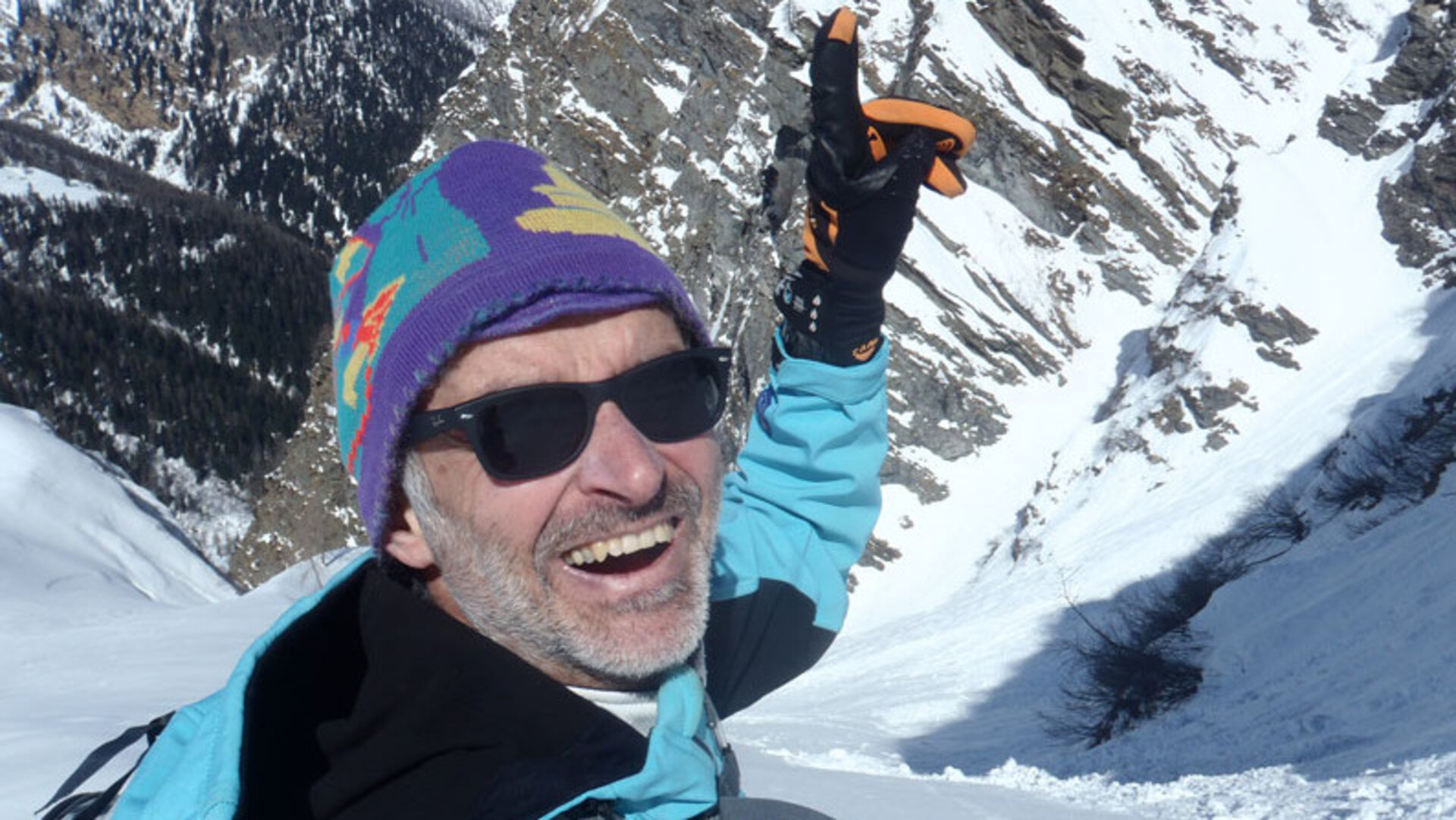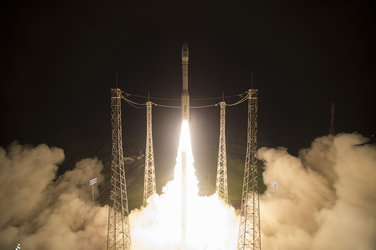Frédéric Achard: Forest Resources and Climate Unit, JRC
Frédéric Achard is a project leader at the Institute for Environment and Sustainability of the Joint Research Centre (JRC) of the European Commission. The Institute for Environment and Sustainability is just one of the many organisations that will benefit from Sentinel-2 mission and its frequent revisit time.

Frédéric Achard is a native of France. Having first worked at the Institute for the International Vegetation Map (CNRS/University) in Toulouse, France, he later became a seconded national expert from the French Ministry of Agriculture and Forest to the JRC in Ispra. Having joined the JRC in 1992, he started research activities in the framework of the ‘TRopical Ecosystem Environment observations by Space’ (TREES) project. He coordinated the second phase of the TREES project (1997-2001) and from 2002 to 2006 carried out activities of forest cover monitoring in boreal Eurasia. Frédéric was leader of the TREES-3 project (2007-2012) which led to updated estimates of forest cover changes in the tropics. As a JRC senior scientist, his current research interests include the development of Earth observation techniques for the monitoring of tropical and Eurasia’s boreal forest resources, and the assessment of implications of forest cover changes on the global carbon budget.
Frédéric graduated with a master’s degree in Image Processing from Strasbourg University in 1986 and received his PhD in tropical ecology and remote sensing from Toulouse University, France, in 1989. He has co-authored nearly 80 scientific peer-reviewed papers in leading scientific journals including the International Journal of Remote Sensing, ISPRS Journal of Photogrammetry & Remote Sensing, Forest Ecology and Management, Global Biogeochemical Cycles, Global Change Biology, Nature, Remote Sensing of Environment and Science.
ESA: What is the Forest Resources and Climate Unit?
Frédéric Achard
I am currently working at the Forest Resources and Climate (FRC) Unit of the Institute for Environment and Sustainability (IES). The IES mission is to provide scientific and technical support to the policies of the European Union for the protection of the environment and the more efficient and sustainable management of natural resources at global and continental scales. The mission of the FRC Unit is to develop and apply a framework for the assessment of policy options for the global sustainable management of our forests.
Since the early 1990s, the JRC monitors tropical forests through remote sensing with the goal of reducing uncertainties in measuring forest change and related carbon emissions. In recent years the JRC worked in collaboration with the United Nations Food and Agricultural Organization (FAO) in the framework of the Remote Sensing Survey of the Global Forest Resource Assessment of FAO.
ESA: What are some of the major threats to the world’s forests and, subsequently, to the global climate?
Frédéric Achard
At JRC we estimated changes in forest cover in the tropics for the periods 1990-2000 and 2000-2010, using satellite imagery. The analysis showed a yearly gross loss of 8.0 million hectares of tropical forests in the 1990s and 7.6 million in the 2000s. The main area of forest loss in both periods was in the so called ‘arc of deforestation’ of the Brazilian Amazon and in insular Southeast Asia (Sumatra and Borneo islands). Losses in other wooded land were geographically more widespread, with high losses occurring in the Brazilian states of Mato Grosso and Tocantins, and in most of the dry African domain.
Deforestation results in the immediate release of the carbon originally stored in the trees as carbon dioxide emissions. Our results were combined to recent pan-tropical biomass maps to estimate carbon losses from tropical deforestation. Our results show the importance of carbon losses from forest and woodland clearance in tropics: carbon losses from deforestation represent circa 10% of carbon emissions from fossil fuel combustion and cement production during the last decade.
ESA: How will the Forest Resources and Climate Unit use Sentinel-2 data in its work?
Frédéric Achard
We use widely satellite imagery of medium spatial resolution – such as provided by the Landsat satellites – for forest mapping and monitoring in the tropics. However, maps derived from medium spatial resolution data can be affected by a certain level of uncertainty, due to limited spectral and spatial resolution or to restricted availability of imagery at optimal periods. These uncertainties may prohibit the use of such data for certain applications, like assessing levels of degradation in tropical dry forests.
Reliable methods for estimating emissions from forest degradation are still lacking, mainly because of the finer spatial scales at which degradation occurs, and because of traces in the canopy disappearing in a matter of months. In the near future, satellite imagery from the Sentinel-2 satellite sensor will provide the potential for a more accurate and more frequent assessment of forest conditions.
ESA: How will Sentinel-2 help to monitor and manage land degradation, in particular in tropical regions?
Frédéric Achard
Forest degradation occurs due to different processes, including unsustainable logging, shifting cultivation, firewood collection or burning. It leads to a reduction of biomass, opening of forest canopies and changes in the structure of forests, but also modifies species composition, thus affecting ecosystem services, including future potential for carbon capture and storage.
Not all kind of forest degradation can be detected by remote sensing methods. Optimal approaches and methodologies for monitoring forest degradation are likely to vary depending on the type and location of the degradation as well as of forest types concerned. It is expected that the finer spatial resolution (10 m) and the higher temporal frequency (5 to 10 days revisit time) of Sentinel-2 acquisition will allow to detect and quantify forest degradation in tropical countries more accurately and regularly than with the satellite imagery currently available.
Editor's note:
This is one in a series of interviews with a few of the key people that are involved in the Sentinel-2 mission and its data exploitation. Please check back as further interviews will be added to over the coming weeks.







